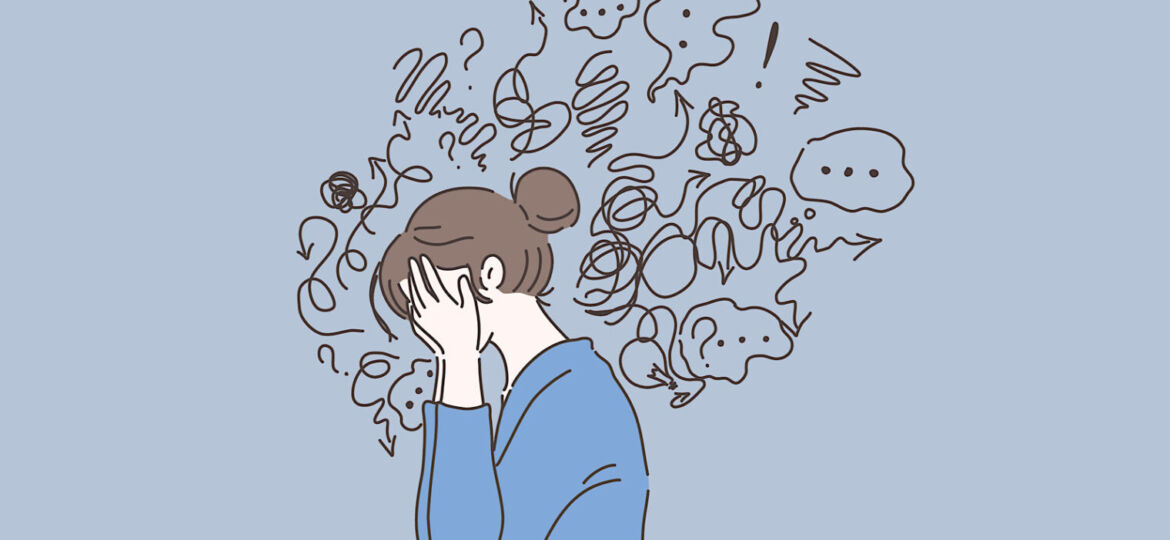Anxiety in Elderly

Anxiety is a common mental health condition that can affect people of all ages, including the geriatric population. Geriatric anxiety refers to anxiety disorders or symptoms that occur in older adults, typically those aged 65 and above. It can significantly impact their overall well-being and quality of life.
Causes of Anxiety in the Geriatric Population:
- Health Concerns: Older adults often face various health issues, chronic conditions, and physical limitations. These challenges can contribute to anxiety, especially when there is uncertainty about their health status or worries about worsening symptoms.
- Life Transitions: Retirement, loss of loved ones, moving to a new living environment, and other significant life changes can trigger anxiety in older adults. Adjusting to these transitions can be challenging, leading to feelings of uncertainty, loss, and fear.
- Social Isolation: Many older adults may experience social isolation due to the loss of friends, family members, or limited mobility. Isolation can lead to feelings of loneliness, which can exacerbate anxiety symptoms.
- Financial Concerns: Financial worries, such as inadequate retirement funds, medical expenses, or reliance on others for financial support, can contribute to anxiety in older adults.
- Cognitive Decline: Some older adults may experience cognitive decline, including conditions like dementia or Alzheimer’s disease. The cognitive changes and challenges associated with these conditions can cause anxiety in both the affected individuals and their caregivers.
- Medications and Substance Use: Older adults often take multiple medications, and some medications can have side effects that contribute to anxiety symptoms. Additionally, substance use or misuse, including alcohol or prescription drugs, can exacerbate anxiety in this population.
Signs and Symptoms: Anxiety symptoms in the geriatric population may differ from those in younger individuals. Common signs and symptoms include:
- Excessive worry or fear
- Restlessness or agitation
- Sleep disturbances
- Fatigue or lack of energy
- Difficulty concentrating or making decisions
- Physical symptoms such as headaches, muscle tension, or stomach discomfort
- Social withdrawal or avoidance
- Irritability or mood changes
- Memory problems or cognitive difficulties (in some cases)
Treatment and Management: The following approaches are commonly used to address anxiety in older adults:
- Psychotherapy: Therapy techniques such as cognitive-behavioral therapy (CBT) can help individuals identify and manage anxious thoughts and behaviors.
- Medication: In some cases, doctors may prescribe anti-anxiety medications or antidepressants to alleviate symptoms. However, caution must be exercised due to potential interactions and side effects in the geriatric population.
- Lifestyle Changes: Encouraging regular exercise, a balanced diet, sufficient sleep, and engagement in social activities can help reduce anxiety symptoms.
- Support Networks: Building social connections, participating in support groups, or involving family members in the individual’s care can provide emotional support and reduce feelings of isolation.
- Stress Management Techniques: Techniques such as deep breathing exercises, mindfulness meditation, and relaxation exercises can help manage anxiety symptoms.
It’s important for older adults experiencing anxiety symptoms to seek professional help from healthcare providers, such as doctors or mental health professionals, who can provide an accurate diagnosis and recommend appropriate treatment options based on individual needs.